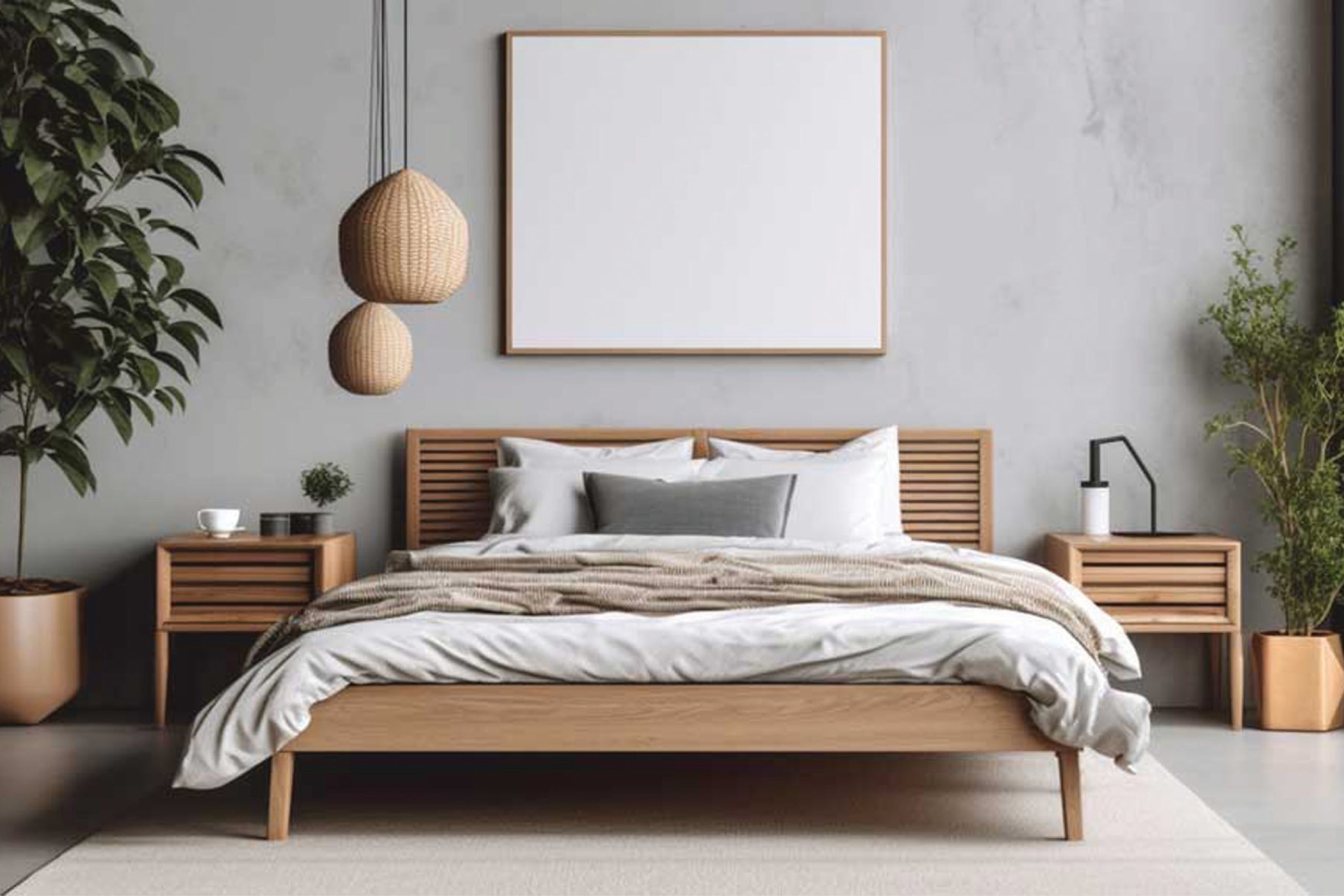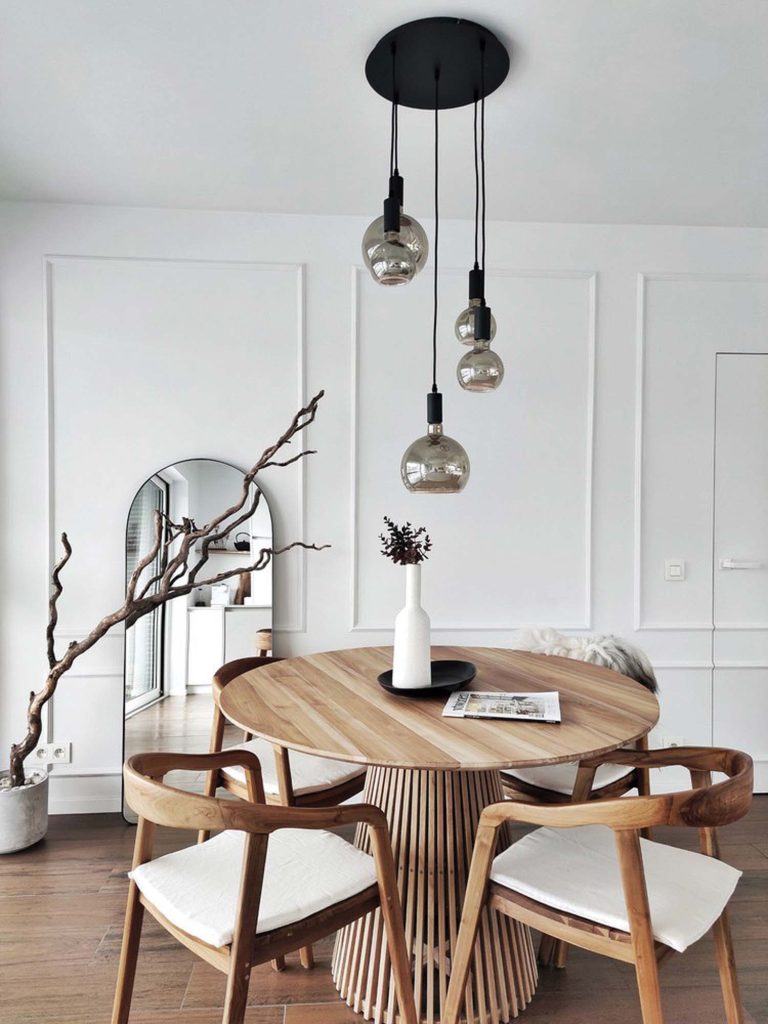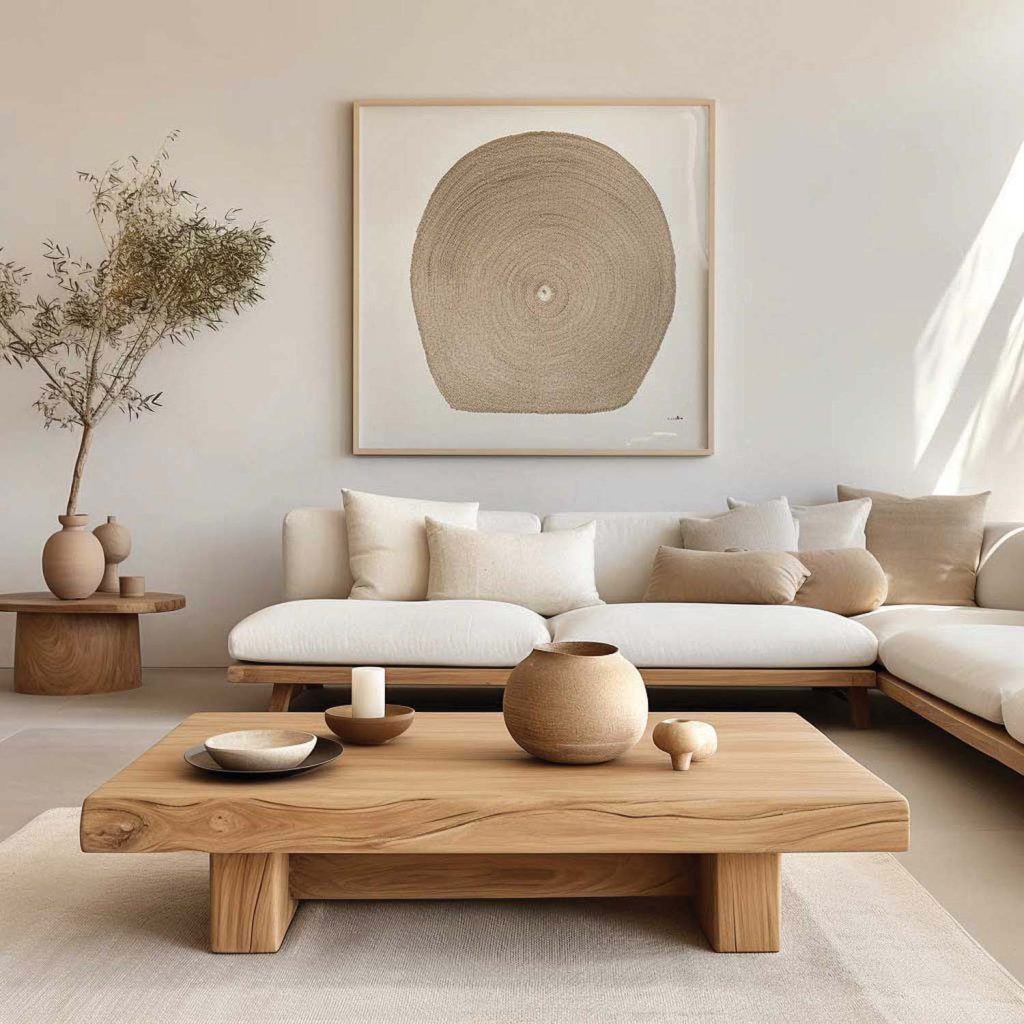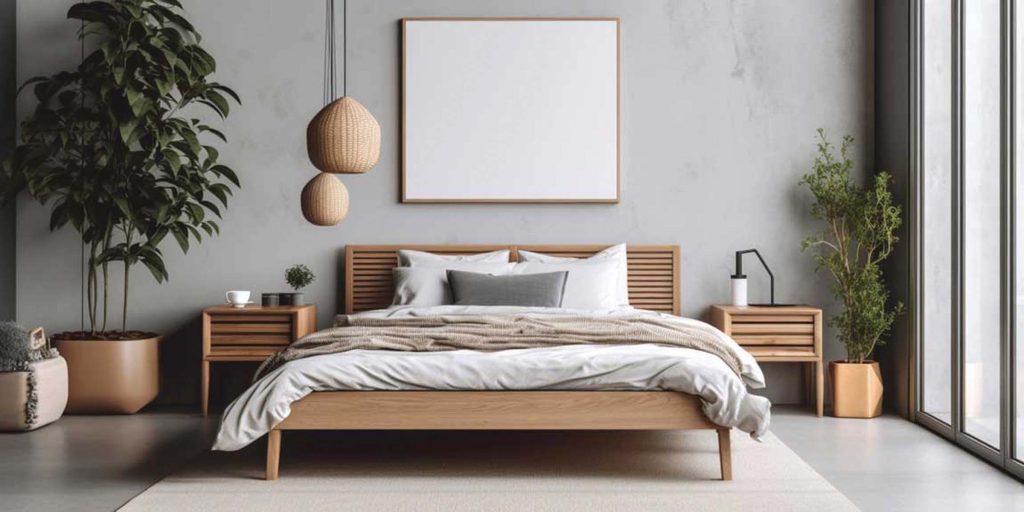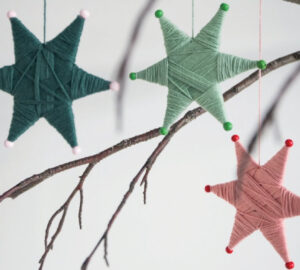East meets west in Japandi design. Japanese and Scandinavian design aren’t new when it comes to interior decor, but in recent years, their complementary focus on simplicity and functionality has led to the creation of this fusion. The style is all about minimalistic, aesthetically pleasing spaces that use natural materials, clean lines, bright spaces and light, neutral colors.
the hallmarks of japandi
Japandi brings together the Scandinavian concept of “hygge” and the Japanese philosophy of “wabi-sabi.” Hygge is about finding pleasure in simple things, while wabi-sabi is centered on the beauty of imperfection. The result is warm but neutral spaces that incorporate natural items, rustic or handmade furnishings and comfortable textures.
- Minimalism and uncluttered spaces
- Neutral colors
- Natural light
- Wood and other natural materials
- Functional objects over purely decorative ones
how to introduce japandi in your home
- Declutter your home. If you find you struggle to maintain a minimalist look, use containers made from natural materials to hold things while giving your space a clutter-free feeling. Folding screens can be another way to conceal excess stuff.
- Choose furniture with clean, simple lines that is low to the ground. Pieces that are produced sustainably from natural material also are in line with the Japandi approach to decor.
- Paint your walls an off-white color. This will not only give a starting point for your neutral color palette, but also help reflect light throughout the space.
- Introduce color into your home through natural hues like sky blue, green and earth tones. These more muted colors add a sense of calm.
- Use contrasting elements that work harmoniously together. This reflects the combination of the comfort of Scandinavian accessories with more utilitarian Japanese elements. Mix rounded with angled silhouettes, or black elements with softer neutral hues.
- Bring plants and greenery into your home for a sense of outdoor living.





